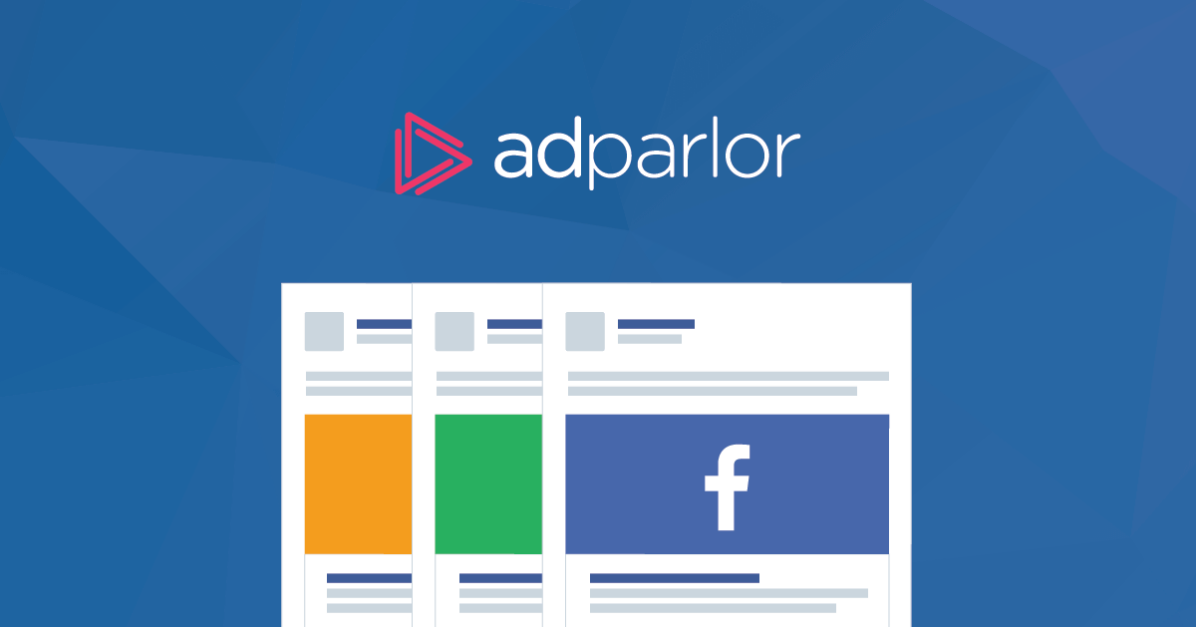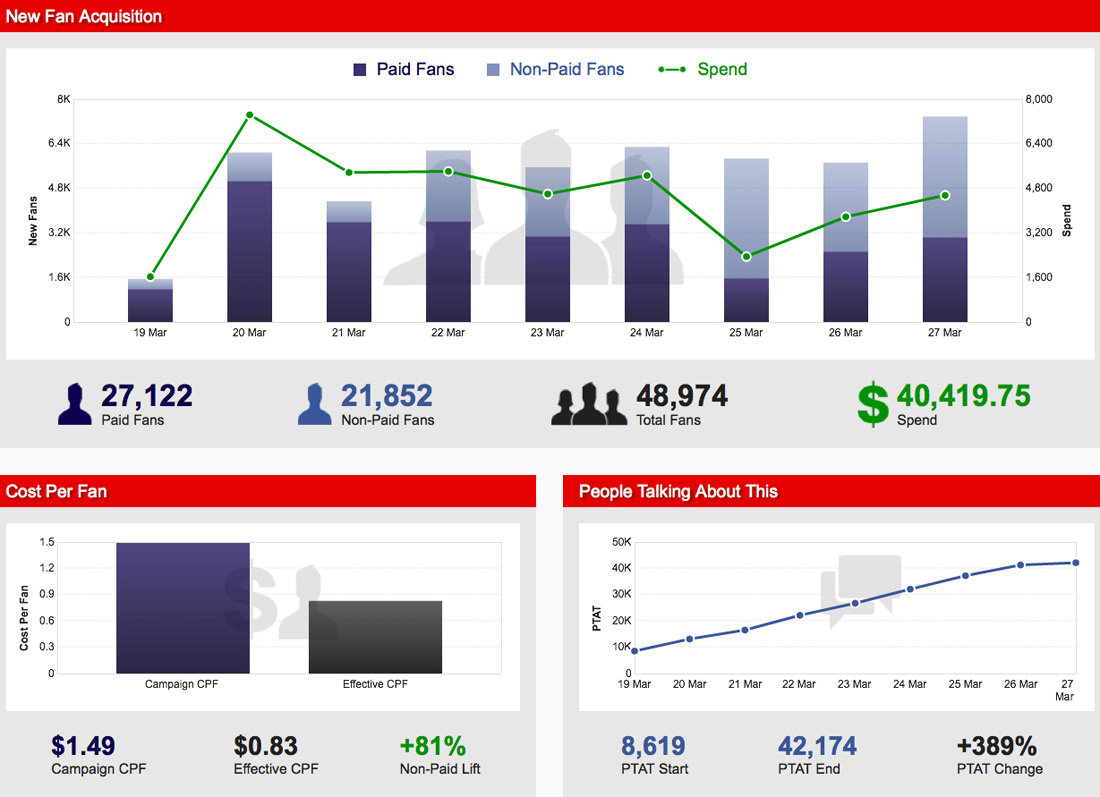A Good Facebook Strategy Needs to Balance Paid and Earned Media

Things move quickly in the world of Facebook advertising. It’s no longer enough to buy a few Facebook ads, get users to “Like” your page and hope it strengthens your brand. You need an integrated marketing approach that considers both your paid media (Facebook ads) and earned media (word of mouth, shares, recommendations). As GM showed just days before Facebook’s IPO, one can exist without the other, but where it really works well is when the paid and earned media feed off each other.

What is Paid Media?
Buying ads on Facebook is one of the most effective ways to get your message to the right people. You can target your content toward those most likely to be interested in your brand and thus more likely to engage with it.
Paid media offers some great benefits. Your brand or agency crafts the message and the ads, giving you complete control over what goes out (with the exception of sponsored stories). You also control schedule of delivery and the number of ads that you’ll be serving. Paid media is easily measured, so you can see the impact it has on the growth of your Facebook page.
What is Earned Media?
When you buy a Facebook ad, you’re buying more than just a targeted fan: you’re buying the opportunity to access that fan’s social graph. With the proper incentives, fans will share and recommend your brand to their connections. If you target the right person with your Facebook ad, she’s more likely to recommend your page to her friend or her colleague who shares her interests. And that person in turn might share your content with a friend, and so on.
The more recommendations and shares you get, the more trust your brand will earn and the more engagement you’ll have on your page. This could become a snowball effect, where many users are sharing your brand — a lot more than you paid for with your original Facebook ad. In fact, you can see more long-term benefits from earned media than paid, as sharing can continue to expand long after your initial ad campaign has ended.
The Interaction between Paid and Earned Media
If your Facebook ads reach fans within your desired demographic, you can encourage many to go beyond the initial “Like” with calls-to-action to drive comments, shares and other interactions. In addition, if you’re active on your brand page, encouraging people to comment on and “Like” your posts, you can leverage a high degree of activity to buy effective “Page Post Like Sponsored Stories,” which use your fans’ comments in ads. This will get your brand prominently displayed in front of friends of fans.
Measuring Paid and Earned Media To Maximize Your Impact
As you invest in growing your fan page, you must monitor the effect of an ad buy on the overall health of your Facebook presence. It is not just about buying the cheapest fans; you should be looking for the highest-quality fans who will generate earned media. And you need to plan how to transform that earned media to more targeted and effective paid media.
There are two major things you should look at to monitor the quality of the fans you are bringing in.
First, instead of simply looking at your CPF (cost per fan) rate, you should look at your eCPF (effective cost per fan) rate. While the CPF of your ad campaign can tell you how much each new paid fan is costing your brand, the eCPF will show you how much each new paid + non-paid fan is costing. If you are bringing in high-quality fans, these (paid) fans will bring in more (non-paid) fans, and your eCPF will drop.
Second, you should look at what Facebook calls PTAT (people talking about this). Facebook defines PTAT as the number of unique users who have created a “story” about a page in a seven-day period. A story is any type of interaction,including liking a post, commenting and sharing. This again helps you identify the quality of the fans coming in to your page – as you can see that they are interacting with your page, and creating stories. In the screenshot below, we are looking at the AdParlor dashboard where we can see these crucial metrics for a fan-page campaign run by a major brand. While the client paid $1.49 per fan, the effective cost per fan was only 83 cents, resulting in an 81% non-paid lift. We can also see that only 8,638 people were talking about the brand when the campaign started, and in the first week of the campaign that number jumped to 42,112 – resulting in a 388% lift in PTAT.